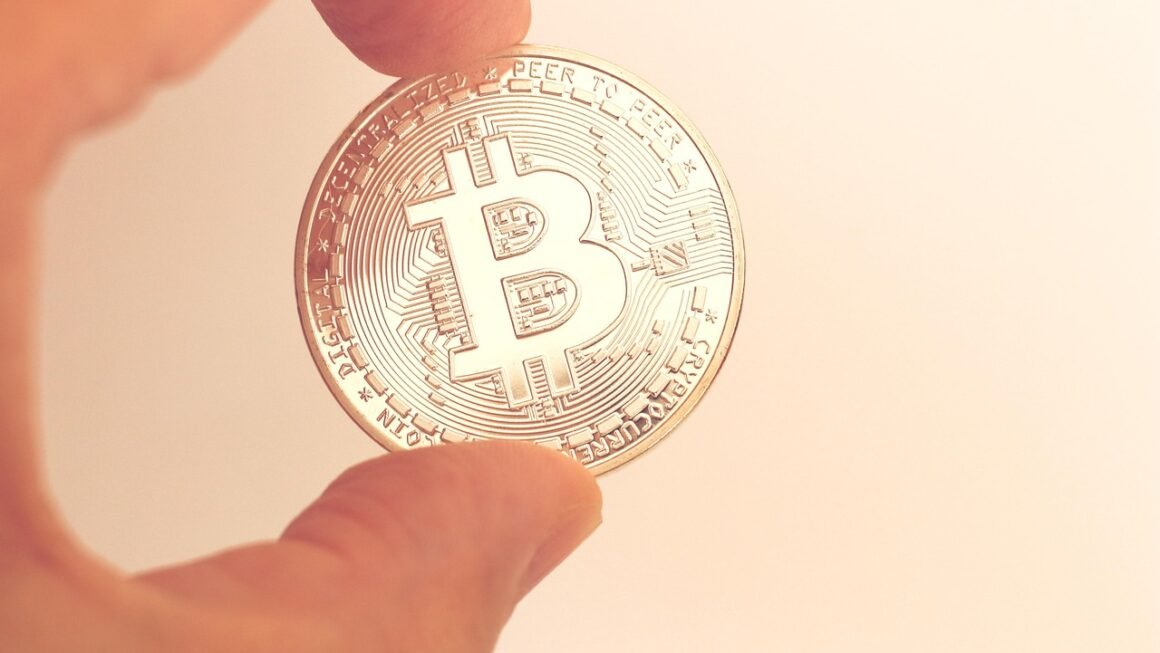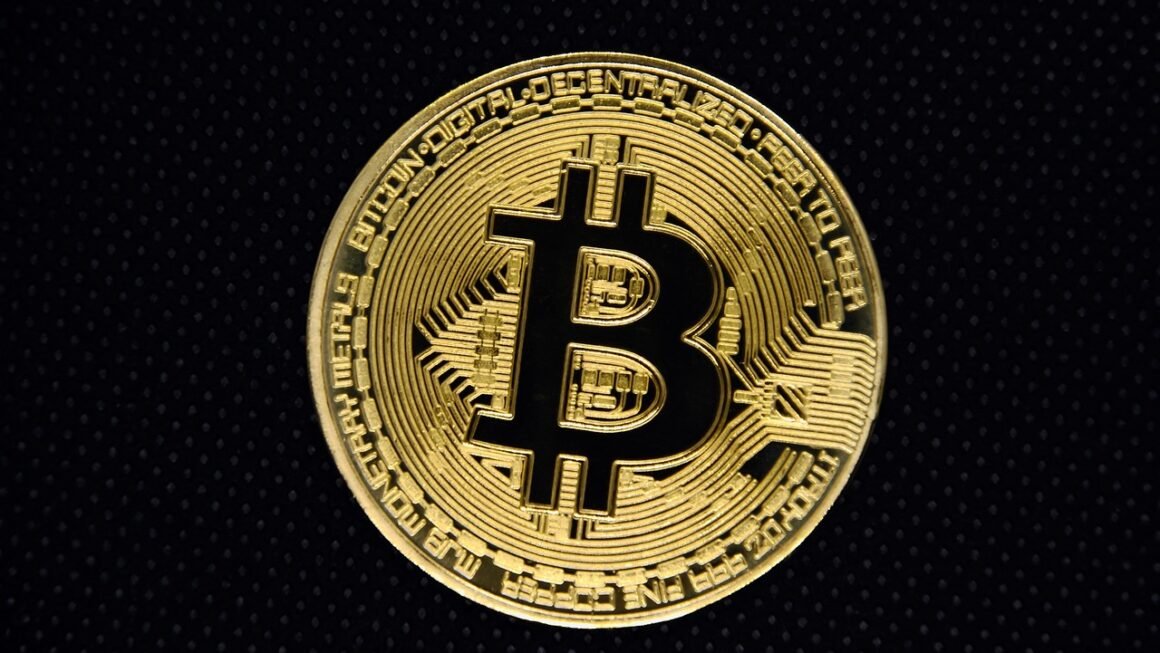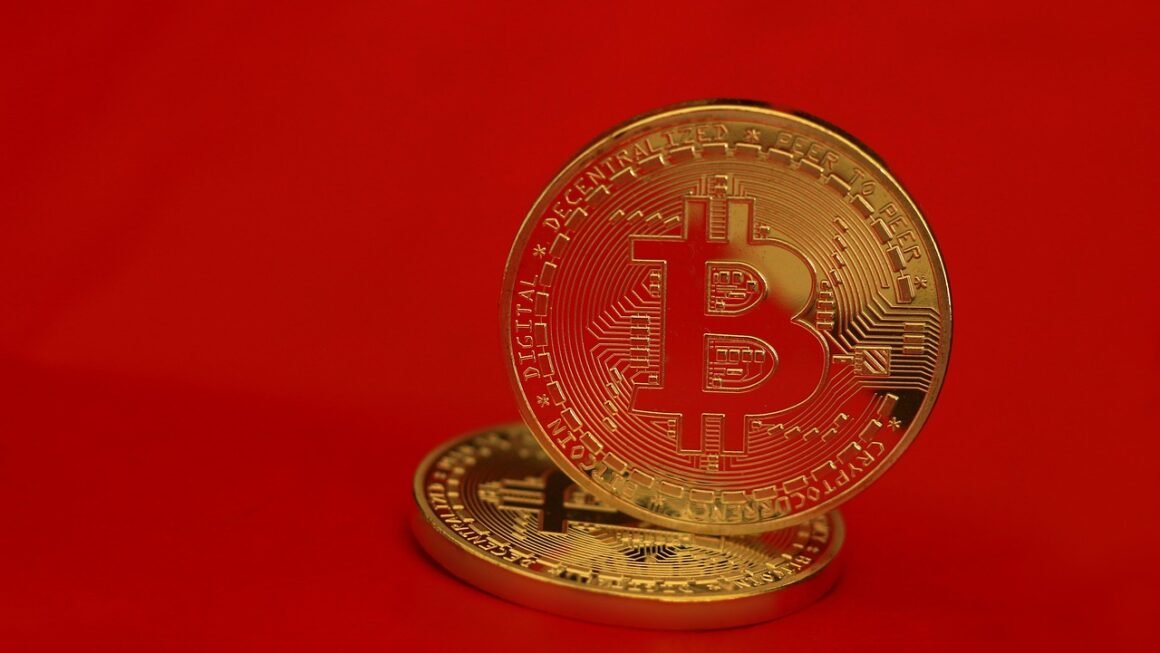The digital world is constantly evolving, and one of the most transformative innovations to emerge in recent years is the Non-Fungible Token, or NFT. NFTs are revolutionizing how we think about ownership, value, and digital assets, opening up exciting new possibilities for artists, collectors, and businesses alike. This comprehensive guide dives deep into the world of NFTs, exploring what they are, how they work, and the profound impact they are having on various industries.
What are NFTs?
Understanding Fungibility
Before diving into NFTs, it’s important to understand the concept of fungibility. Fungible items are interchangeable and have equivalent value. For example:
- One U.S. dollar bill is fungible with another U.S. dollar bill.
- One Bitcoin is fungible with another Bitcoin.
Non-fungible items, on the other hand, are unique and cannot be directly replaced by something else of the same type. This uniqueness is what makes NFTs valuable.
Defining Non-Fungible Tokens
NFTs are unique digital assets that represent ownership of real-world or digital items. They are stored on a blockchain, which is a decentralized, distributed ledger that records transactions securely and transparently. Think of it as a digital certificate of ownership that is verifiable and tamper-proof.
- Unique Digital Assets: NFTs can represent a wide range of items, including:
Digital art (images, videos, audio)
Collectibles (trading cards, virtual items)
Virtual land in metaverse environments
Music and other audio files
In-game items (weapons, characters, skins)
Real-world assets (property deeds, certificates)
- Blockchain Technology: NFTs are typically minted on blockchains like Ethereum, Solana, and Tezos. The blockchain provides a secure and transparent record of ownership and transaction history.
- Smart Contracts: NFTs utilize smart contracts, which are self-executing contracts written in code. These contracts define the rules and characteristics of the NFT, including its ownership, transferability, and any associated royalties.
Practical Examples of NFTs
- Bored Ape Yacht Club: A collection of 10,000 unique digital apes. Each ape is an NFT with distinct traits, and owning one grants membership to an exclusive online club.
- CryptoPunks: One of the earliest examples of NFTs, consisting of 10,000 unique pixelated characters. They are considered highly valuable due to their historical significance.
- Decentraland: A virtual world where users can buy, sell, and build on plots of land represented by NFTs.
- Music NFTs: Artists can release their music as NFTs, allowing fans to directly support them and own a unique piece of music history.
How NFTs Work
Minting NFTs
The process of creating an NFT is called “minting.” This involves encoding the digital asset’s information onto the blockchain.
Buying and Selling NFTs
NFTs are typically bought and sold on online marketplaces:
- OpenSea: The largest NFT marketplace, offering a wide variety of NFTs across different categories.
- Rarible: A community-governed NFT marketplace focused on digital art.
- SuperRare: A curated marketplace for high-quality, unique digital artworks.
- Foundation: Another curated platform emphasizing digital art.
- Steps to Buy an NFT:
Ownership and Provenance
One of the key benefits of NFTs is the ability to easily verify ownership and track provenance. Because NFTs are stored on a blockchain, the history of ownership is transparent and immutable. This makes it easy to prove the authenticity and origin of an NFT, which is particularly valuable for digital art and collectibles.
Benefits of NFTs
For Creators
NFTs offer numerous advantages for creators:
- Direct Connection with Fans: Artists can bypass traditional intermediaries like galleries and record labels, selling their work directly to fans.
- Royalties: Smart contracts can be programmed to automatically pay creators a percentage of future sales, ensuring they continue to benefit from their work.
- New Revenue Streams: NFTs open up new avenues for monetizing digital content, such as selling limited-edition artworks, virtual items, or exclusive access.
- Increased Visibility: The NFT space is attracting a lot of attention, providing creators with opportunities to reach new audiences and build their brand.
For Collectors
Collectors also benefit from NFTs:
- Ownership of Unique Digital Assets: NFTs allow collectors to own unique pieces of digital art, music, or collectibles.
- Investment Potential: The value of NFTs can increase over time, making them a potentially lucrative investment.
- Community and Exclusivity: Owning certain NFTs can grant access to exclusive online communities and events.
- Supporting Artists Directly: By purchasing NFTs, collectors can directly support their favorite artists and creators.
For Businesses
Businesses can leverage NFTs in various ways:
- Loyalty Programs: NFTs can be used as loyalty rewards, granting customers exclusive benefits and experiences.
- Ticketing: NFTs can be used for secure and verifiable event ticketing, preventing fraud and counterfeiting.
- Supply Chain Management: NFTs can track products throughout the supply chain, ensuring authenticity and transparency.
- Brand Engagement:* NFTs can be used to create engaging experiences and foster deeper connections with customers.
Risks and Challenges of NFTs
Environmental Concerns
Some blockchain networks, particularly Ethereum (before its transition to Proof-of-Stake), consume a significant amount of energy, raising environmental concerns about the carbon footprint of NFTs. However, newer blockchains and Layer-2 scaling solutions are more energy-efficient.
Volatility and Speculation
The NFT market can be highly volatile, with prices fluctuating dramatically. It’s essential to do your research and only invest what you can afford to lose. There is significant speculation in the NFT market, and not all NFTs will retain their value.
Security Risks
NFTs are susceptible to theft and scams. It’s crucial to protect your cryptocurrency wallet with strong passwords and enable two-factor authentication. Be wary of phishing scams and fake NFT marketplaces.
Regulatory Uncertainty
The regulatory landscape surrounding NFTs is still evolving. There is uncertainty about how NFTs will be classified and taxed in different jurisdictions.
Conclusion
NFTs represent a groundbreaking innovation with the potential to transform various industries. By providing a way to prove ownership of unique digital assets, NFTs are empowering creators, collectors, and businesses in new and exciting ways. While there are risks and challenges associated with NFTs, the benefits are undeniable. As the technology matures and the market evolves, NFTs are poised to play an increasingly important role in the future of digital commerce and culture. Remember to approach NFTs with caution, do your research, and only invest what you can afford to lose. The possibilities are vast, and the journey is just beginning.



